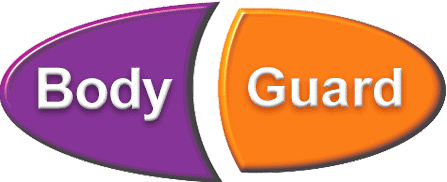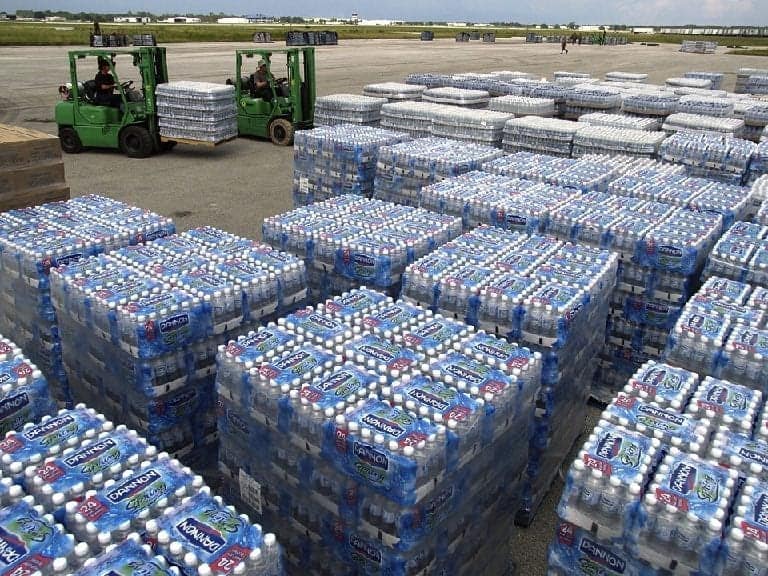Forklifts are extremely heavy vehicles.
They’re used to lift, stack and transfer heavy loads in worksites such as warehouses, factories, construction yards, freight terminals and shipping yards.
If you own a business that uses forklifts on site, you know they’re dangerous when they aren’t treated with respect. You know they can inflict serious damage upon worksite property and worse, cause injuries or even death.
The human and financial cost of forklift-related accidents is immense. But the reality is, many forklift incidents could be avoided if operators followed best-practice forklift safety procedures.
Here are some of our top tips to help you improve forklift safety procedures to stop workers getting hurt. Also check out Safework NSW for further related information regarding improved safety around Forklifts.
Forklift safety tip no. 1: stabilise your forklift loads and use attachments
One of the greatest dangers a worker can face is a falling load.
Pedestrian workers are most at risk when they’re trying to help the forklift operator load or unload heavy materials off the forklift. If a load isn’t secured properly, it can slip and fall on the worker.
Workers are also at risk when the forklift is being used in ways the manufacturer didn’t intend. When workers use a forklift to lift more than it was designed to, it can cause the forklift to tip over.
As part of forklift safety procedures you must supply the appropriate attachments for certain kinds of loads. If you can see your workers are unsure of how the attachments work, provide training as soon as possible.
Overall, make sure workers never overload forklifts. They need to stabilise loads before moving them and to use the right attachments when required.
Forklift safety tip no. 2: designate exclusion zones to keep forklifts away from people
If pedestrians aren’t around forklifts, the likelihood of an accident resulting in injury or death is dramatically decreased.
To keep them separated, designate exclusion or safety zones for both forklift operators and pedestrians.
As part of your forklift safety procedures, make sure your people are where they should be at all times. To do so, you can use physical barriers including:
- Fences
- Guardrails
- Bright tape stuck to the floor
- Boom gates
- And traffic lights.
Another reliable method of keeping pedestrians away from heavy plant is to build overhead walkways. You’ll be giving your workers a way to walk over the area where heavy vehicles operate.
Finally, make sure your workers comply with the rules and regulations of your workplace at all times.
Forklift safety tip no. 3: make sure all forklift drivers use safety belts
In a worst-case scenario where a forklift tips over or collides with a wall, a seatbelt can save the driver from getting injured or killed.
The seatbelt will stop the driver from being thrown out of the forklift. If a heavy load happens to fall, the seatbelt will also keep the driver out harm’s way.
As part of forklift safety procedure, make sure forklift operators wear seatbelts at all times. Make it compulsory while operating forklifts. Make it a rule.
Ensure compliance by reminding workers with signs placed all around your worksite.
Lastly, double check all seatbelts in all forklifts to make sure they’re fitted correctly. In a worst-case scenario, a seatbelt that does its job will save lives.
If your forklifts happen to not have any seatbelts, install them as per the forklift manufacturer’s instructions.
Forklift safety tip no. 4: separate people from forklifts using pedestrian warning systems
It’s often difficult to separate pedestrians from forklifts and other heavy plant. A lot of situations and sites require pedestrians and heavy vehicles to work in close proximity.
Your workers are only human; the risk of injury or death will always be prominent on your worksite.
Because of this, you need to protect people from the accidents that may come from poor visibility, blind-spots, fatigue, inattention and non-compliance.
One of the best ways to stop a worst-case scenario from eventuating, is to utilise pedestrian safety warning systems as an on-site control.
Our system keeps pedestrians separate and safe away from the danger of moving vehicles.
In the event a pedestrian gets too close to a forklift, the driver gets a clear warning to brake immediately. The warning gives the driver a chance to brake and avoid a potentially fatal accident.
Want to improve forklift safety on your worksite?
Our pedestrian safety warning system will help you keep people and forklifts apart for a much safer work environment.
We highly recommend that our system be implemented as part of your worksite’s forklift safety protocol.
The system is already trusted by BHP Billiton, Rio Tinto, Chevron and LendLease just to name a few.
For more information, give us a call on +61 (2) 4355 4554 or get in touch via our contact page.

